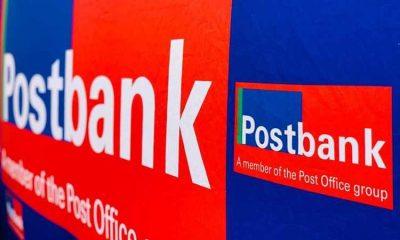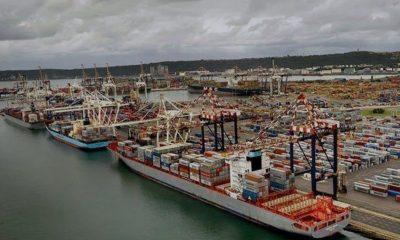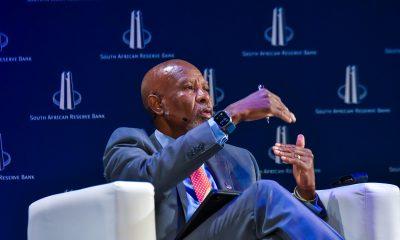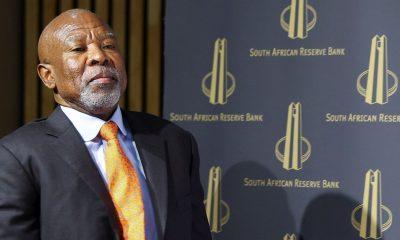Business
South African Inflation Drops to 2.7% in March, Raising Hopes for Interest Rate Cuts
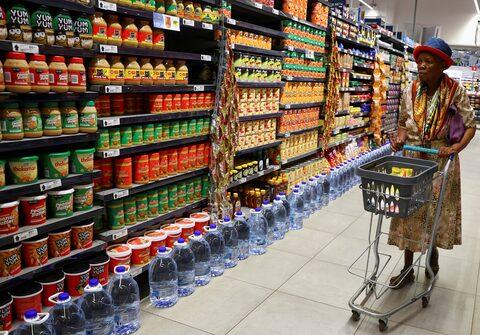
South African inflation has unexpectedly dropped to 2.7% in March 2025, providing much-needed relief to consumers and raising optimism for a potential interest rate cut. This marks a 0.5 percentage point decrease from the previous month’s inflation rate of 3.2%, as reported by Statistics South Africa on Wednesday.
While this decline is good news for the South African economy, particularly for those hoping for relief from high borrowing costs, the South African Reserve Bank (SARB) is expected to maintain a cautious stance in its next policy meeting. Geopolitical tensions, such as the ongoing trade war instigated by US President Donald Trump, remain a concern, influencing the SARB’s approach.
Key Contributors to the Inflation Decline
According to Statistics South Africa, the primary contributors to the dip in inflation were housing and utilities, food and non-alcoholic beverages, and restaurants and accommodation services. These sectors experienced slower growth in March, helping to ease the overall inflation rate.
On a month-on-month basis, inflation increased by 0.4%, which highlights some persistent upward pressure on prices despite the overall decline. Nevertheless, the year-on-year inflation rate has shown a consistent downward trend, dropping from 6.9% in 2022 to 4.4% in 2024, signaling progress in controlling inflationary pressures.
Food Inflation and VAT Concerns
In previous months, food inflation was a major driver of price increases, particularly the prices of maize meal and samp, which reached near two-year highs. Despite basic food items like maize not being subject to VAT, there are concerns that an increase in VAT could add upward pressure on food prices in the coming years.
Looking back at February, Statistics South Africa reported that maize meal inflation hit a 17-month high, with Samp rising to a 19-month high. Food and non-alcoholic beverages saw a four-month peak in February, contributing to the broader inflation picture.
SARB’s Inflation Target and Future Prospects
The South African Reserve Bank, under the leadership of Governor Lesetja Kganyago, is aiming for a medium-term inflation target of 4.5%. While the current inflation rate is below the SARB’s target range of 3%-6%, the central bank is likely to remain cautious due to international economic uncertainty, particularly the potential impact of a prolonged trade war.
National Treasury has affirmed its commitment to effective inflation targeting, which has proven beneficial for the economy, especially for low-income households. The government continues to support policies that help keep inflation in check, ensuring stability for both consumers and businesses.
With inflation dropping to 2.7% in March 2025, South Africans can look forward to potential financial relief in the form of interest rate cuts. However, global geopolitical issues and domestic challenges mean that the SARB will continue to navigate its monetary policy with caution. As the inflation target remains in sight, the focus will remain on sustaining this positive trend and managing the ongoing cost-of-living pressures.
{Source: IOL}
Follow Joburg ETC on Facebook, Twitter , TikTok and Instagram
For more News in Johannesburg, visit joburgetc.com

